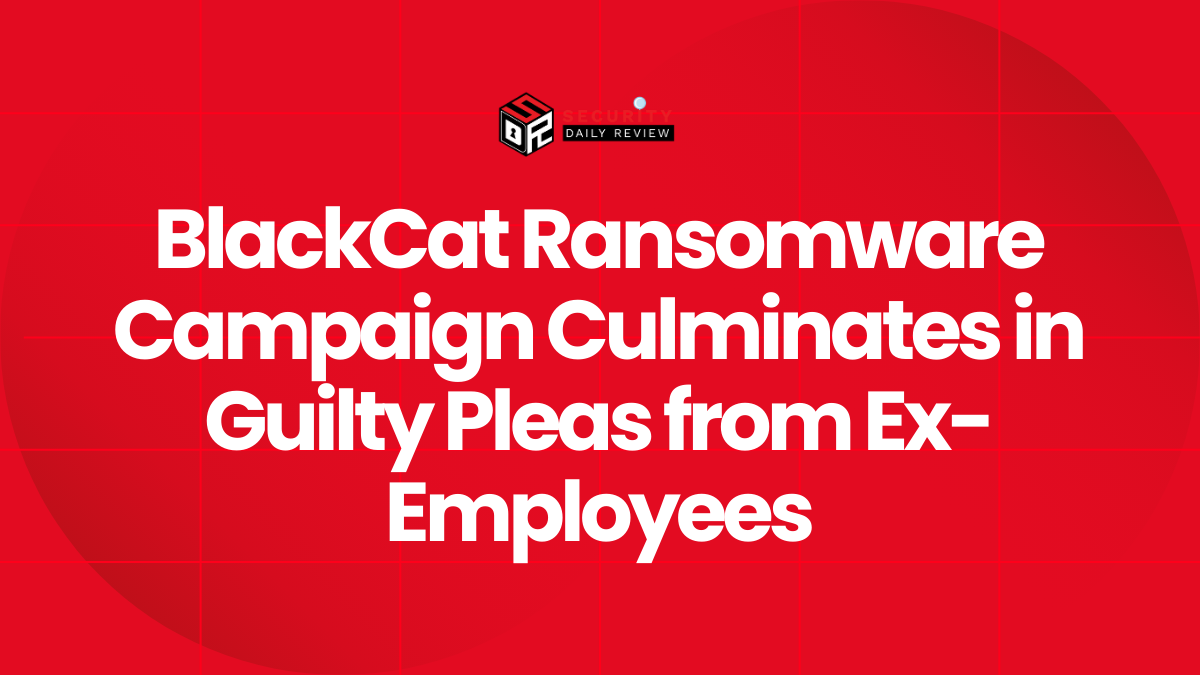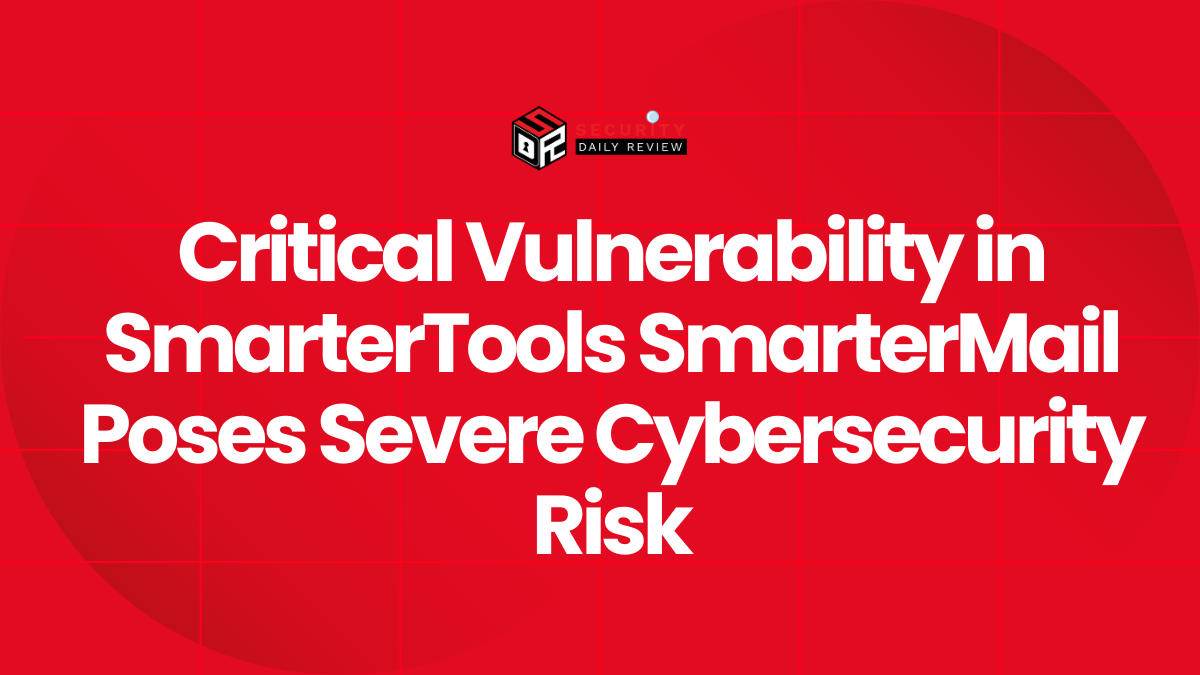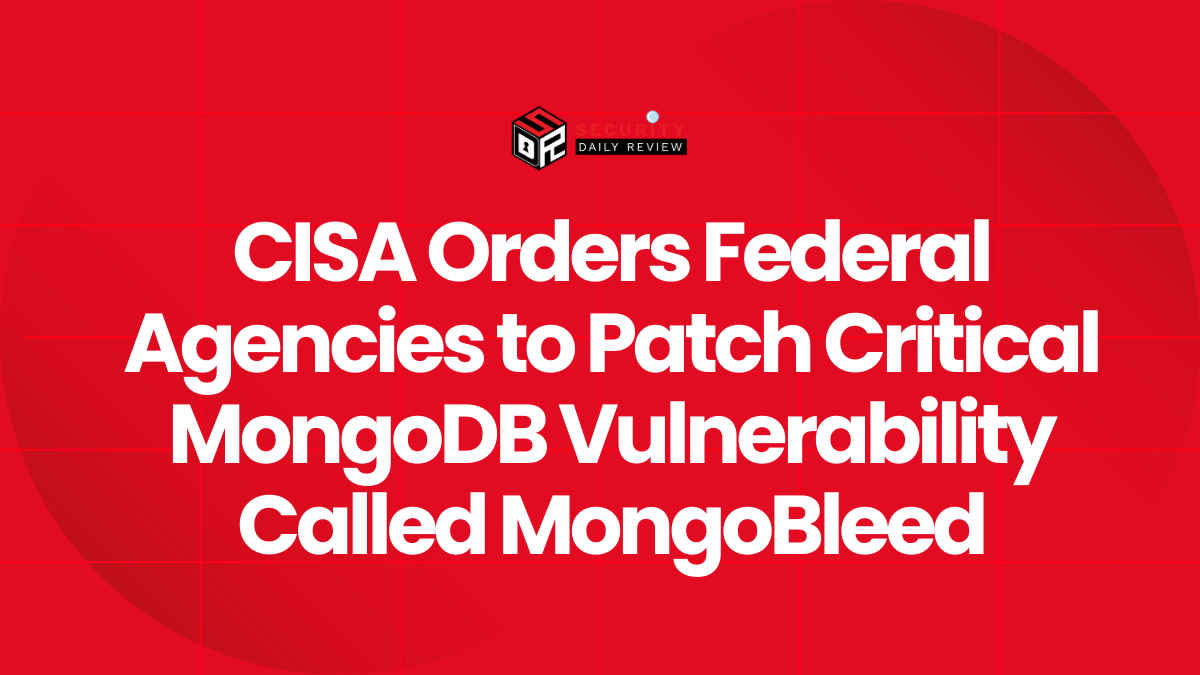In a reminder that sometimes the simplest threats bypass the fanciest defenses, a recent phishing attack targeted a Google employee, granting malicious actors access to its Salesforce platform. While Gmail passwords were not compromised, the breach exposed sensitive business contact details, underlining the high risk of social engineering in enterprise environments.
Phishing Attack Triggers Unauthorized Salesforce Access
Earlier this year, the hacker group ShinyHunters orchestrated a phishing campaign aimed at Google. They tricked an employee into downloading malware through a cleverly disguised email. This malware allowed the attackers to infiltrate Google’s corporate Salesforce instance and seize business data from companies such as Cisco, Adidas, and Louis Vuitton.
Regular Gmail accounts remained secure, but customer-facing systems were compromised. As Damien Fortune of Syntriqs puts it:
“Once you have those legitimate credentials, if you don’t have things like multi-factor identification turned on, you’re kind of giving away the keys to the kingdom.”
Google confirmed the breach stemmed from social engineering, not a technical flaw in its systems. News Radio 1200 WOAITechRadar
Phishing Explained: Once Bitten, Twice Vulnerable
Phishing remains one of the oldest—and most effective—cyberattack methods. In this case, a single malicious click was enough to expose business identities and contact information stored on Salesforce. These data types are now being exploited in phishing and vishing campaigns impersonating Google itself. Express NewsThe Sun
Protective measures are clear:
- Never click unexpected links, even if they appear to be from insiders.
- Use Multi-Factor Authentication (MFA) or passwordless options like passkeys.
- Google emphasizes it will never make unsolicited calls about account issues. Express NewsThe Telegraph
Social Engineering More Dangerous Than You Think
This incident showcases how attackers often succeed not through code complexity, but by deceiving people. Access gained via a single compromised user account can undermine entire data ecosystems—especially when those credentials unlock systems like Salesforce. True security requires both strong technical safeguards and robust employee education programs.
Broader Theme: Low-Tech Attacks, High-Stakes Breaches
ShinyHunters isn’t the first group to exploit Salesforce vulnerabilities; they previously targeted Google alongside firms like Cisco and Pandora. TechRadarWikipedia
This trend mirrors attacks from decades ago—remember “Operation Aurora”? Hackers broke into multiple tech giants using a malicious email attachment, showing that the “human firewall” is often the weakest link. WIRED
Strategic Takeaways for Security Leaders
For enterprise decision-makers aiming to safeguard cloud-connected CRMs and customer platforms:
- Prioritize awareness training on phishing, vishing, and impersonation threats.
- Implement strong authentication, including MFA and passkeys.
- Deploy proactive detection of anomalous Salesforce access behavior.
- Audit third-party systems and ensure minimal privilege for internal tools.
Strategic Takeaways for Security Leaders
The Google Salesforce breach serves as a stark reminder that even the largest enterprises with sophisticated defenses remain vulnerable to simple but well-executed social engineering. For organizations managing critical business data, this incident highlights several security priorities that cannot be ignored.
Prioritize Employee Awareness and Training
Phishing remains the single most successful entry point for attackers. Even when technical defenses are strong, one user clicking a malicious link can compromise entire systems. Security leaders must:
- Conduct ongoing phishing simulations to measure employee readiness
- Tailor training to role-specific risks, since executives, sales teams, and developers often face targeted lures
- Reinforce a report-don’t-click culture, making it easy for employees to escalate suspicious communications without fear of reprisal
Strengthen Authentication Beyond Passwords
Traditional credentials alone are no longer sufficient. To mitigate risks from stolen or phished logins, organizations should:
- Enforce multi-factor authentication (MFA) across all internal and cloud-based platforms
- Adopt passwordless solutions like FIDO2 passkeys or hardware tokens for sensitive systems such as Salesforce
- Monitor for MFA fatigue attacks, where repeated prompts are used to trick users into approving fraudulent logins
Monitor and Detect Anomalous Behavior in CRM Platforms
Customer Relationship Management (CRM) platforms like Salesforce store valuable business data that adversaries can exploit for fraud or impersonation attacks. Security teams should:
- Deploy User and Entity Behavior Analytics (UEBA) to spot unusual login times, geographies, or data export activity
- Set fine-grained access controls, ensuring users only have permissions aligned with their job functions
- Integrate CRM logs into Security Information and Event Management (SIEM) platforms for real-time detection and incident response
Audit and Secure Third-Party Integrations
Cloud ecosystems are only as strong as their weakest link. Attackers often exploit third-party connections to gain access to enterprise data. Security leaders must:
- Regularly review and revoke unused integrations in Salesforce and other SaaS tools
- Require vendor risk assessments, ensuring third parties follow baseline security standards such as SOC 2 or ISO 27001
- Implement zero-trust principles when granting API and application access, with strict least-privilege policies
Build Rapid Response and Containment Playbooks
Time-to-containment determines whether a breach results in minor disruption or long-term exposure. To improve resilience, enterprises should:
- Develop scenario-based response playbooks for phishing-induced credential theft
- Rehearse coordinated incident response exercises with security teams, legal, and communications units
- Ensure contracts with cloud vendors and CRM providers outline breach response obligations and data recovery timelines
Protect Against Credential Reuse and Stuffing Attacks
Even if stolen passwords are years old, attackers may attempt credential stuffing campaigns to breach related services. Enterprises should:
- Enforce password uniqueness policies across critical platforms
- Monitor for exposed credentials on the dark web and threat intelligence feeds
- Deploy rate-limiting and bot detection to prevent automated login attempts at scale









